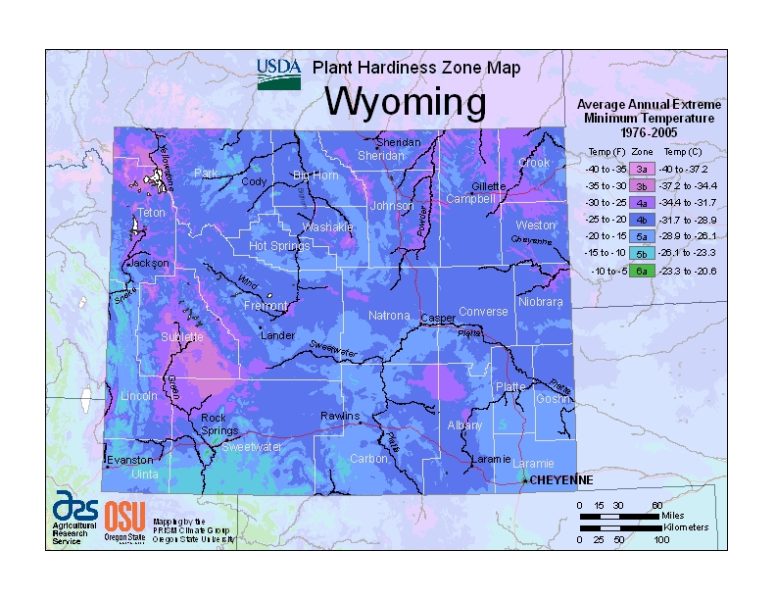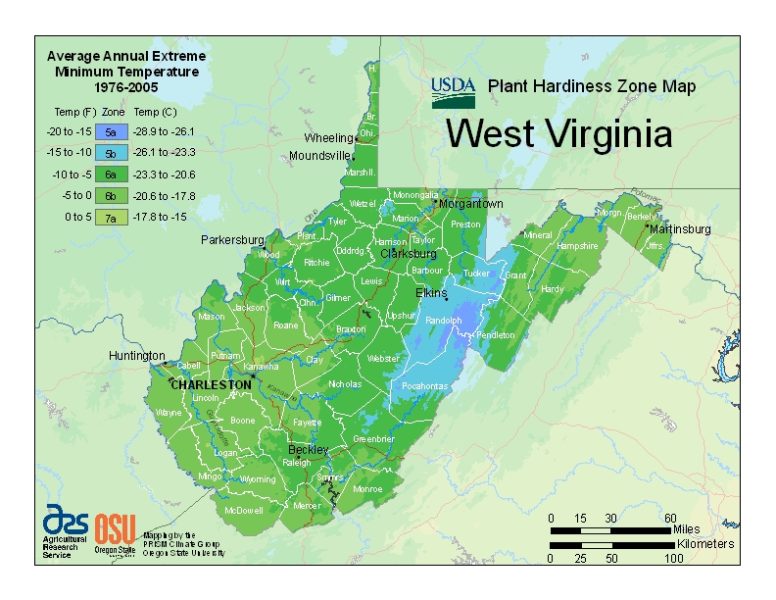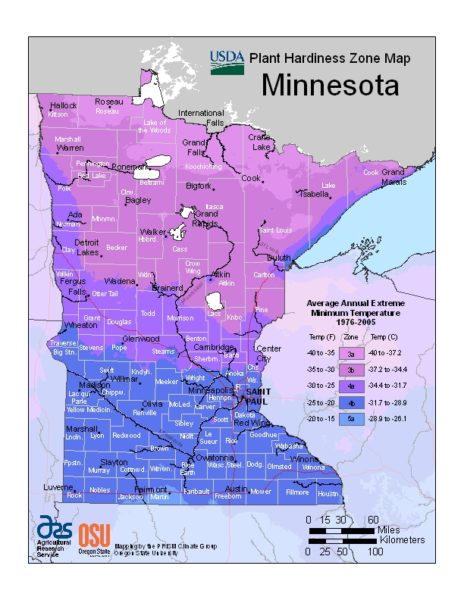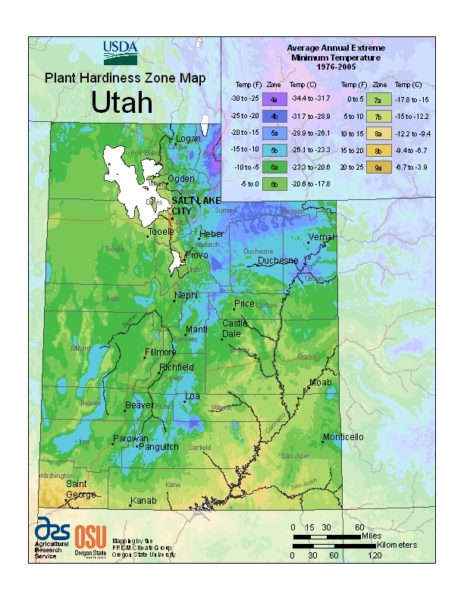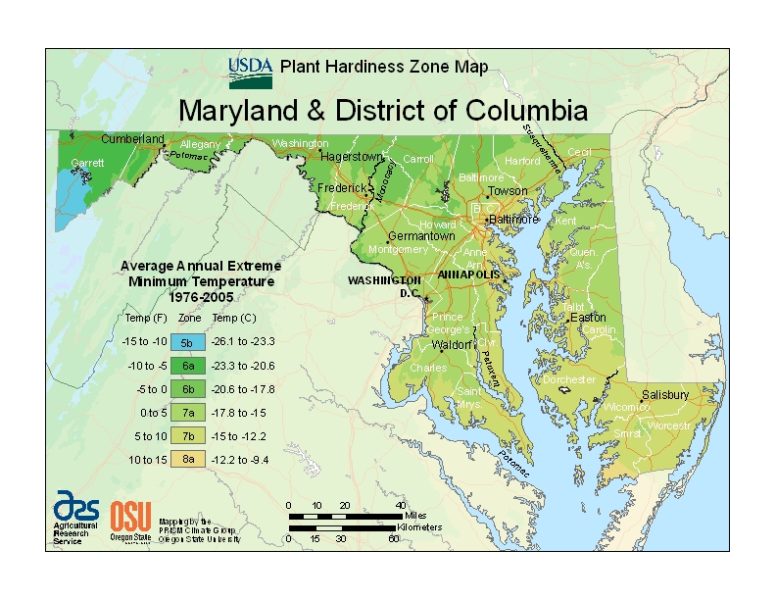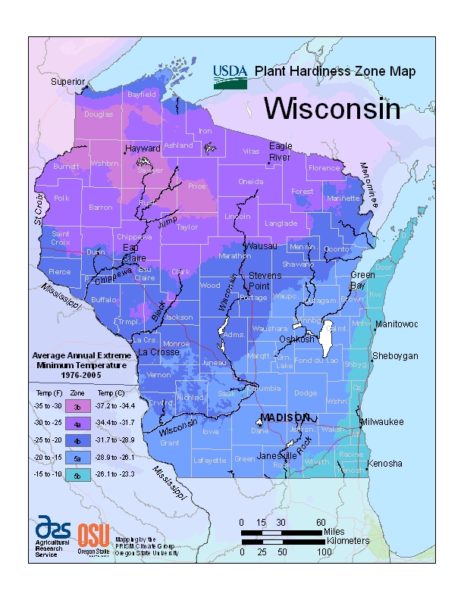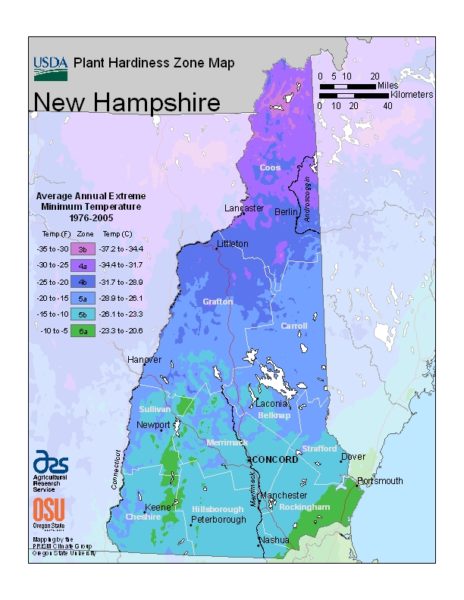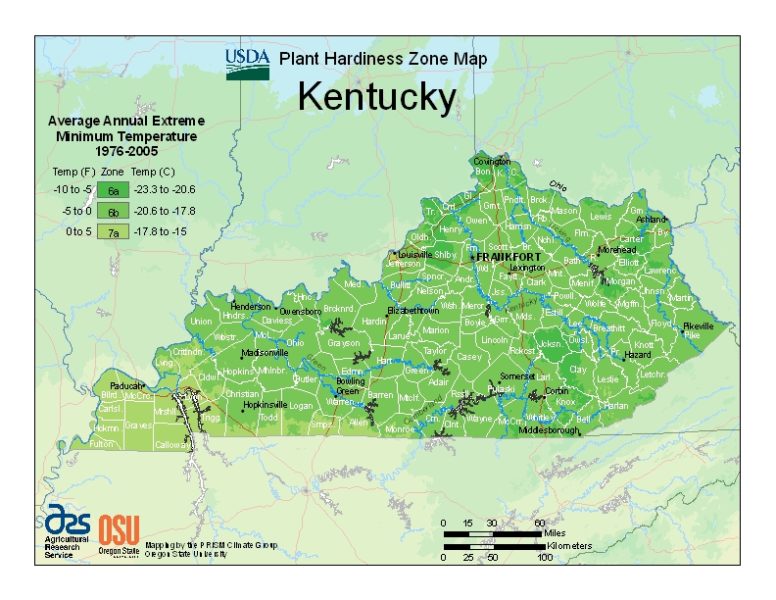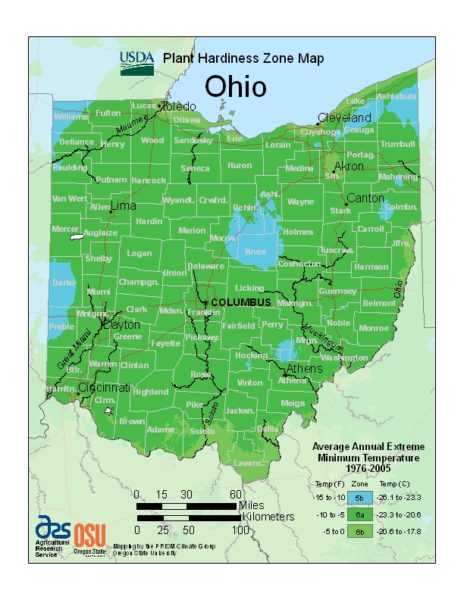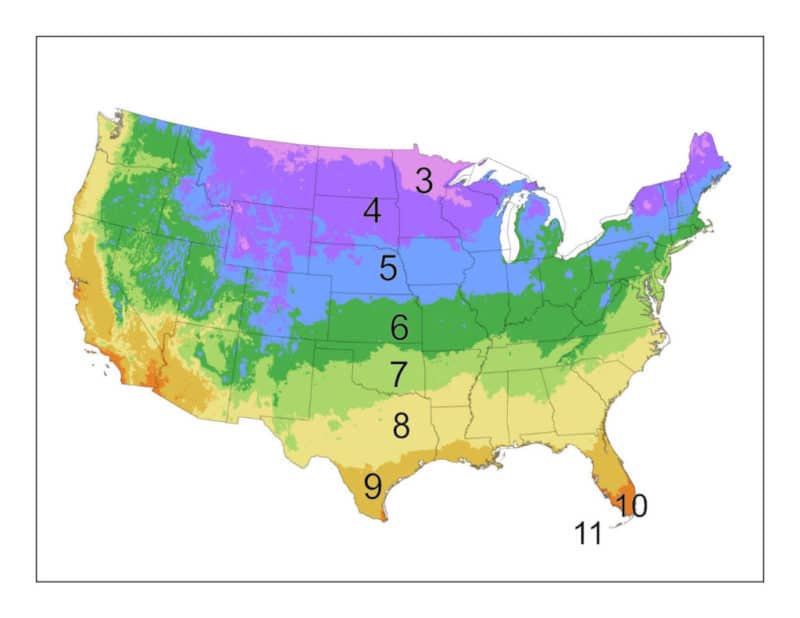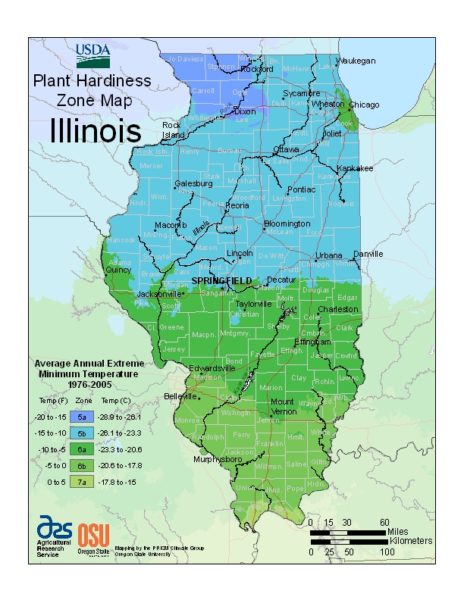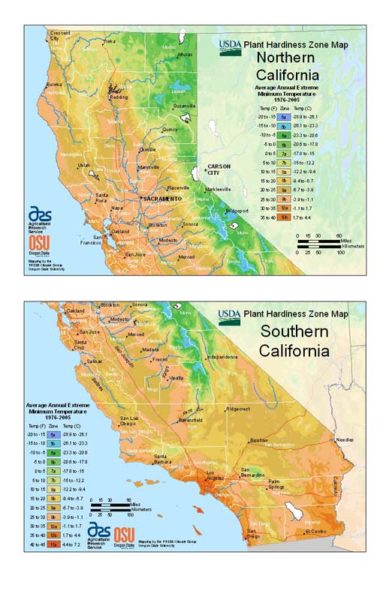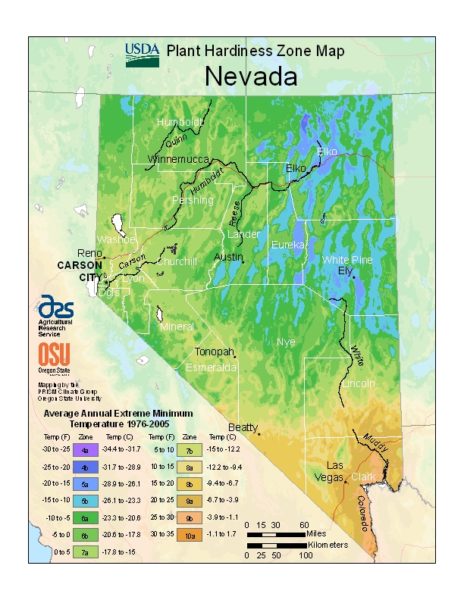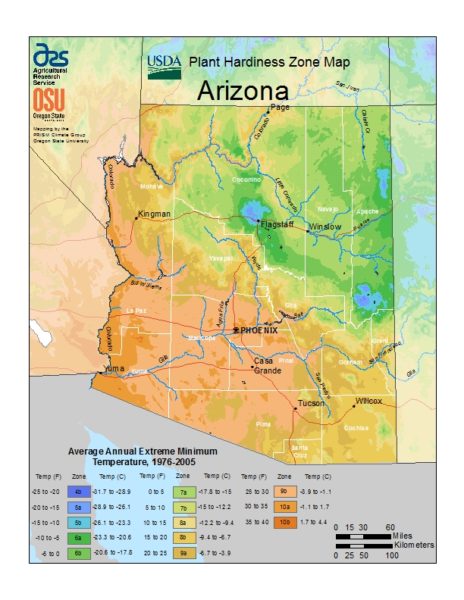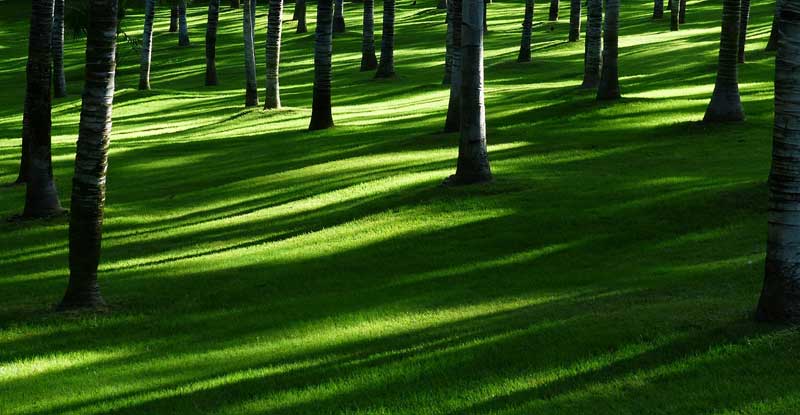
Selecting shrubs for shady areas of your yard usually needs more planning and thought compared to sunny locations. Determining the amount of sun and shade needs to be one of the first questions you answer when selecting pretty much any plant. We've all seen the tags or plant facts for online nurseries telling us what sun exposure is best for any given plant. Buy what is the difference?
The one constant is that shade is created by the blockage of the suns light. This blockage can occur because of a natural barrier, like trees, or it can be structure such as a house or other structure.
The Difference Between Part Sun & Part Shade
A few horticulturists have told us in the past that the difference between part sun and part shade was subjective. As recently as last summer a horticulturist working for a large online plant nursery stated partial shade may mean something different to each home-owners personal experience or definition of shade.
Turns out there is a definitive difference between part sun and part shade. Credit goes out to our county extension office for giving us an honest answer.
- Part sun is any shrub that gets between 4 and 6 hours of sun a day.
- Part shade is defined by getting 2 to 4 hours of sun a day.
- Full shade is described getting 3 hours or less of direct sunlight.
- Dappled sun is when plants receives no direct sunlight. Sun light is filtered, for most homeowners, through the shade created by the canopy of a tree.
The other factor is what type of sunlight does your planting area get. It may only get a few hours of sun but morning sun is a lot less stressful on shrubs then afternoon sun, especially in the summer. I've bought part sun plants in the past only to have them melt in the hot afternoon sun in summer. An evergreen shrub may be listed as part shade but 2+ hours of afternoon sunshine is a lot more stressful than the equivalent for morning sunshine.
Selecting shrubs for shade are impacted by other factors such as soil type and your hardiness growing zone. Choosing a shrub that is not recommended for your growing zone will very likely lead to the shrub’s death or unhealthy growth.
Even though full shade is considered less than 3 hours of sunlight, shrubs selected for full shade locations will perform poorly in an area where there’s more than 1 hour of late afternoon sun.
Two other things to consider when planting in full shade areas:
- Air flow. Some deep shade locations such as along a fence line or structure may not have adequate air flow. This can lead to a good environment for molds and fungal diseases to fester. Don't put plants too close together to help promote air flow.
- Don’t be tempted to dump your grass clippings as a convenient mulch in deep shade areas. That’s just asking to create a breeding ground for diseases that could damage your shade shrubs.
- Spring Best Selling Plants From FastGrowingTrees.com - March 6, 2022
- Unboxing Perfect Plants Nursery - March 9, 2022
- Unboxing From PlantingTree Nursery - February 6, 2022




